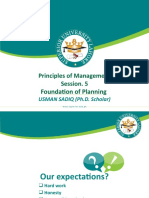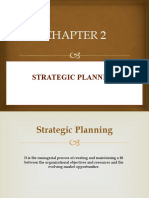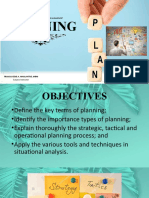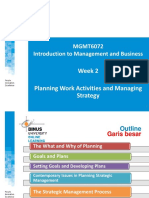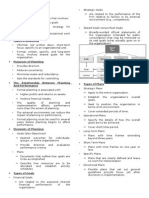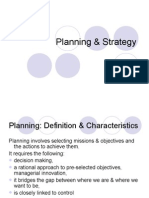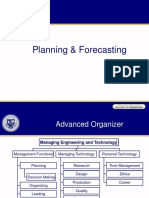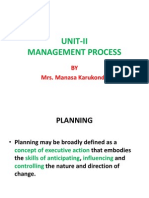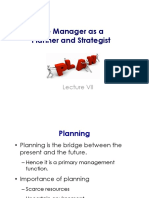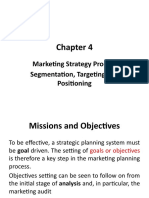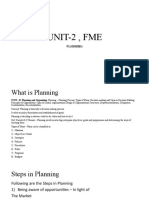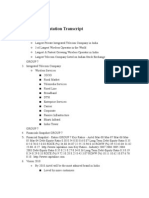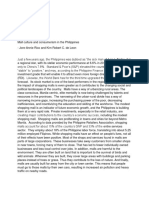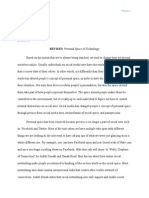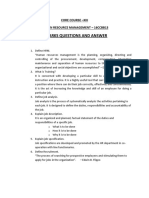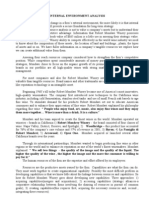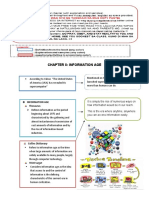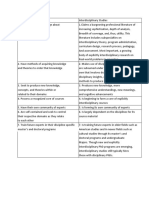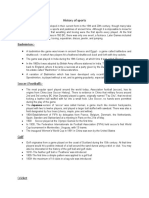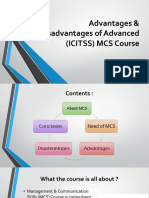0% found this document useful (0 votes)
87 views42 pagesTerm 3 Week 1 Session: Subject: Trainer: Email:: 01 MG14 - Operational Planning Fabricio Masson
The document provides an overview of the operational planning subject. It discusses developing and monitoring the implementation of an operational plan to provide efficient and effective workplace practices. Key topics covered include developing the operational plan, planning and managing resource acquisition, and monitoring operational performance.
Uploaded by
david mCopyright
© © All Rights Reserved
We take content rights seriously. If you suspect this is your content, claim it here.
Available Formats
Download as PDF, TXT or read online on Scribd
0% found this document useful (0 votes)
87 views42 pagesTerm 3 Week 1 Session: Subject: Trainer: Email:: 01 MG14 - Operational Planning Fabricio Masson
The document provides an overview of the operational planning subject. It discusses developing and monitoring the implementation of an operational plan to provide efficient and effective workplace practices. Key topics covered include developing the operational plan, planning and managing resource acquisition, and monitoring operational performance.
Uploaded by
david mCopyright
© © All Rights Reserved
We take content rights seriously. If you suspect this is your content, claim it here.
Available Formats
Download as PDF, TXT or read online on Scribd
/ 42

